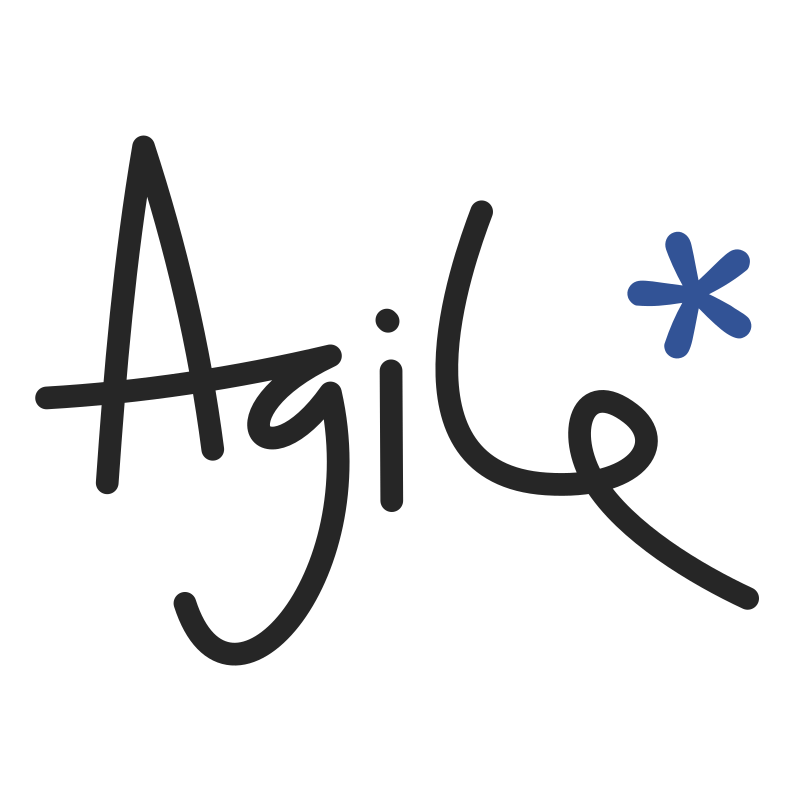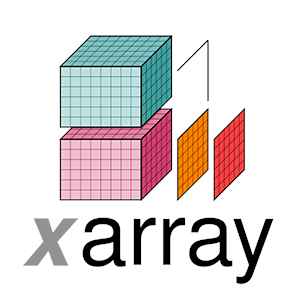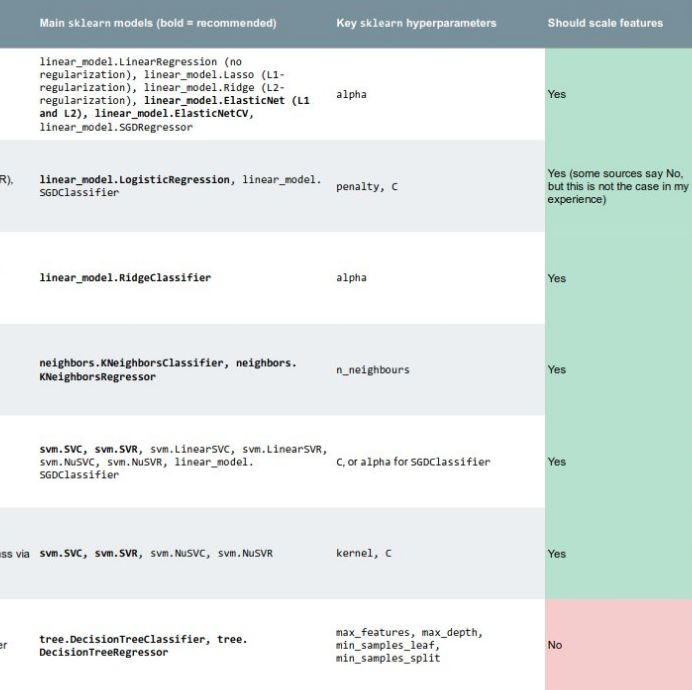Looking forward to 2021
/I usually write a ‘lookback’ at this time of year, but who wants to look back on 2#*0? Instead, let’s look forward to 2021 and speculate wildly about it!
More ways to help
Agile has always been small and nimble, but the price we pay is bandwidth: it’s hard to help all the people we want to help. But we’ve taught more than 1250 people Python and machine learning since 2018, and supporting this new community of programmers is our priority. Agile will be offering some new services in the new year, all aimed at helping you ‘just in time’ — what you need, when you need it — so that those little glitches don’t hold you up. The goal is to accelerate as many people as possible, but to be awesome value. Stay tuned!
We are still small, but we did add a new scientist to the team this year: Martin Bentley joined us. Martin is a recent MSc geology graduate from Nelson Mandela University in Port Elizabeth, South Africa. He’s also a very capable Python programmer and GIS wizard, as well as a great teacher, and he’s a familiar face around the Software Underground too.
All over the world
While we’ll be making ourselves available in new ways in 2021, we’ll continue our live classes too — but we’ll be teaching in more accessible ways and in more time zones. This year we taught 29 virtual classes for people based in Los Angeles, Calgary, Houston, Bogotá, Rio de Janeiro, Glasgow, London, Den Haag, Krakow, Lagos, Brunei, Muscat, Tunis, Kuala Lumpur, and Perth. Next year I want to add Anchorage, Buenos Aires, Durban, Reykjavik, Jakarta, and Wellington. The new virtual world has really driven home to me how inaccessible our classes and events were — we will do better!
Public classes appear here when we schedule them: https://agilescientific.com/training
Maximum accessibility
The event I’m most excited about is TRANSFORM 2021 (mark your calendar: 17 to 23 April!), the annual virtual meeting of the Software Underground. The society incorporated back in April, so it’s now officially a technical society. But it’s unlike most other technical societies in our domain: it’s free, and — so far anyway — it operates exclusively online. Like this year, the conference will focus on helping our community acquire new skills and connections for the future. Want to be part of it? Get notified.
Thank you for reading our blog, following Agile, and being part of the digital subsurface community. If you’re experiencing uncertainty in your career, or in your personal life, I hope you’re able to take some time out to recharge over the next couple of weeks. We can take on 2021 together, and meet it head on — not with a plan, but with a purpose.
















 Except where noted, this content is licensed
Except where noted, this content is licensed